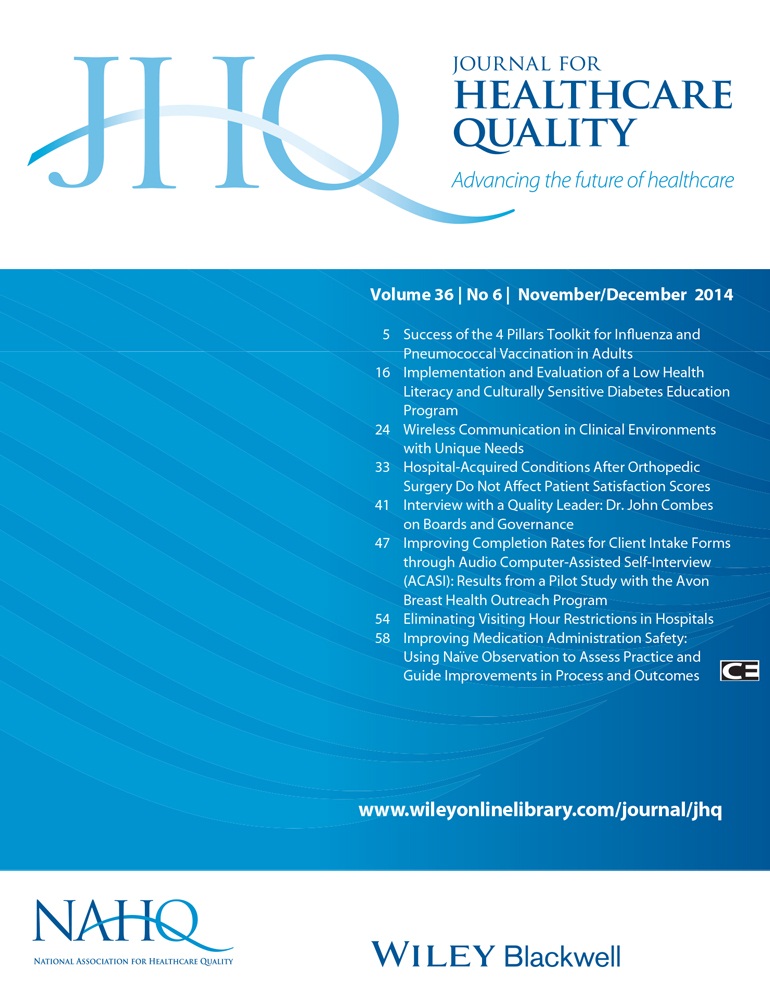Did We Have an Impact? Changes in Racial and Ethnic Composition of Patient Populations Following Implementation of a Pilot Program
Abstract
High-quality data are necessary to eliminate health disparities, and are necessary in cancer prevention and control. A pilot project to improve the collection of race and ethnicity data was undertaken. The approach included train-the-trainer and staff training, and racial and ethnic categories were expanded to include “granular ethnicity” or ancestry terms in the patient registration system at five acute care hospitals in Rhode Island. The self-reported racial and ethnic distribution of the patient population was examined for each pilot hospital. Two of the five pilot hospitals reported significant increases in the identification of Hispanic patients. At two other pilot hospitals, the proportion reporting unknown on either race or ethnicity was reduced. Evidence that Hispanics struggle to identify with existing racial categories is also highlighted. These results suggest that a modest program of staff training and resources can significantly increase the identification of racial and ethnic minorities, improving the quality of hospital and state cancer registry data. This has many possible benefits, including better alignment with language services for the patient population, better understanding of the healthcare needs of different racial and ethnic groups, and better strategies to not only address disparities, but also assess those efforts.




